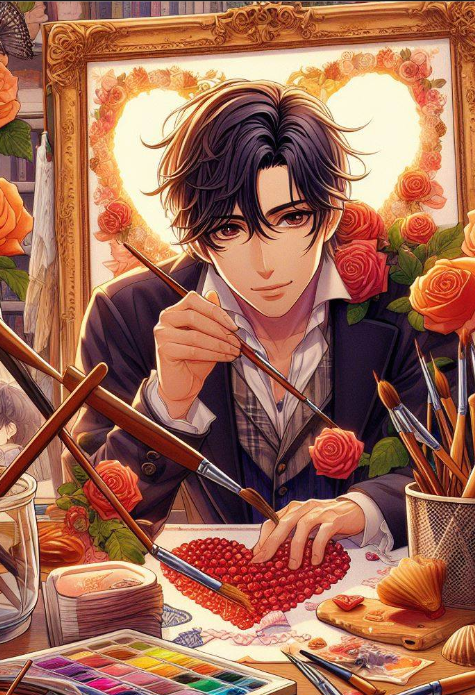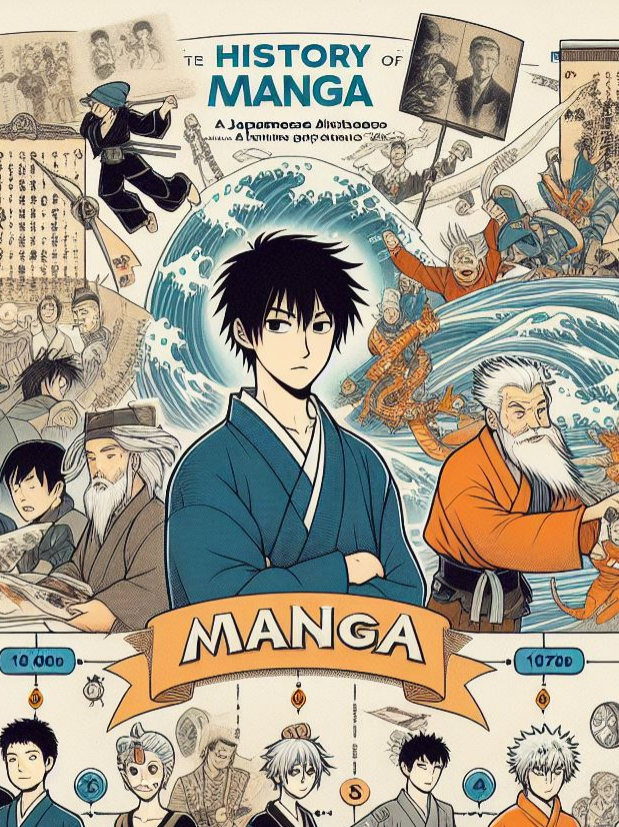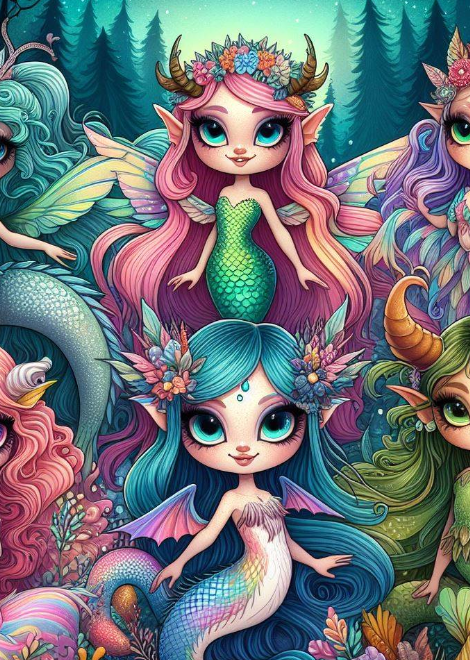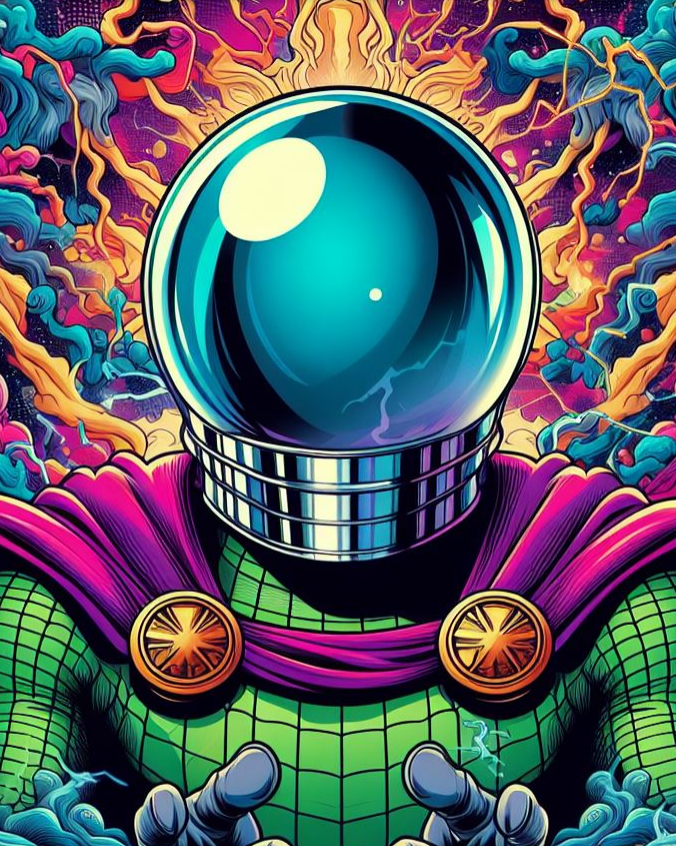In this article, we will explore the rich and fascinating history of manga, a unique form of Japanese art that has had a significant global influence. Manga, which
originated in Japan, has grown from its humble beginnings to become a widely recognized and cherished medium around the world. From its traditional roots to its
modern manifestations, the history of manga is a testament to its enduring popularity and cultural significance.
Key Takeaways:
• Manga has a long and intricate history in Japanese art.
• It has evolved from traditional forms of storytelling to its modern incarnation.
• Manga’s influence extends beyond Japan, capturing the hearts of readers worldwide.
• Popular manga publications and adaptations have contributed to its global reach.
• Manga continues to evolve and innovate, shaping contemporary storytelling and popular culture.
Origins of manga
One significant influence on the development of manga was the art form known as ukiyo-e, which translates to “pictures of the floating world.” Ukiyo-e
encompassed various types of woodblock prints, paintings, and illustrations that depicted the beauty and diversions of everyday life.
“Manga has its roots in the Edo period of Japanese history, which spanned from the early 17th century to the mid-19th century.”
Artists like Katsushika Hokusai played a pivotal role in shaping the visual language and narrative techniques that would come to define manga. Hokusai’s famous
woodblock print series, Toba-Ehon, is often regarded as an early example of sequential storytelling, serving as a precursor to manga as we know it today
Influential Artists:
Artist Notable Work
Hokusai Toba-Ehon
Toba-Ehon Ehon, Tokiwa
These early works laid the groundwork for the distinctive visual style and narrative structure that distinguish manga from other art forms. The artistic techniques
and storytelling elements developed during the Edo period continue to inform and inspire modern manga creators, shaping the industry as it thrives in the present
day.
Early developments and influence
In the early years of manga, several significant developments paved the way for its evolution into a distinct art form. This section explores the emergence of
kibyoshi, the use of satirical illustrations, and their lasting influence on manga as we know it today.
The Emergence of Kibyoshi
Kibyoshi, meaning “yellow covers,” were small, pocket-sized books that gained popularity in the late 18th century. These books featured a mix of text,
illustrations, and caricatures, providing entertainment for a broader audience. The kibyoshi format allowed for the publication of diverse content, from humorous
stories to political commentaries.
“Kibyoshi played a crucial role in the development of manga by introducing a narrative structure and combining it with visual storytelling. These early
examples showcased the potential of combining text and images to create engaging narratives that resonated with readers.”
Satirical Illustrations
Satire has long been an integral part of manga’s DNA, and early illustrators heavily employed it to critique society and poke fun at contemporary issues. Satirical
illustrations, often utilizing exaggerated expressions and visual gags, became a common feature in manga, adding a layer of wit and social commentary to the
medium.
One notable work that exemplified the use of satirical illustrations is “Bunbuku Chagama,” a 19th-century manga created by Kitao Masayoshi. This comedic
story featured anthropomorphized animals and objects, commenting on themes of greed and transformation.
Influence on the Evolution of Manga
The early developments of manga, including kibyoshi and the use of satirical illustrations, laid the foundation for the art form’s subsequent growth. These
influences contributed to the development of distinct visual storytelling techniques and narrative structures that continue to shape manga to this day.
“The emergence of kibyoshi and the incorporation of satirical illustrations were instrumental in establishing manga’s unique blend of storytelling and
visual expression. These early developments set the stage for the diverse and dynamic landscape of manga we see today.”
The birth of modern manga
In the development of manga as we know it today, one name stands out: Osamu Tezuka. Often referred to as the “God of Manga,” Tezuka played a pivotal role in
shaping the modern manga industry and paving the way for its immense popularity both in Japan and globally.
An important milestone in the birth of modern manga is Tezuka’s creation of “Astro Boy” (known as “Tetsuwan Atomu” in Japan). This iconic character, first
introduced in 1952, captured the hearts of readers with his youthful heroics and imaginative sci-fi adventures.
“Astro Boy” not only revolutionized manga
storytelling with its blend of action, humor, and social commentary but also became a cultural phenomenon, inspiring numerous adaptations, merchandise, and
even a theme park.
“Astro Boy” was a game-changer, taking manga from a niche market to the mainstream and setting the stage for the industry’s tremendous growth.
Tezuka’s influence extended beyond his captivating characters and compelling narratives; he introduced innovative techniques, such as using cinematic
panel layouts and infusing manga with cinematic storytelling elements, elevating the medium to new heights.
Another significant development during this period was the emergence of gekiga, a more mature and realistic style of manga. While Tezuka’s works primarily
targeted young readers, gekiga, spearheaded by artists like Yoshihiro Tatsumi, aimed to explore deeper and darker themes, challenging the traditional perception of
manga as solely for children. Gekiga opened up new possibilities for storytelling, with its focus on complex characters, social issues, and visceral visuals.
To fully appreciate the birth of modern manga, it is crucial to recognize the remarkable contributions of Osamu Tezuka and the impact of “Astro Boy” on the
medium’s evolution. Alongside the rise of gekiga, Tezuka’s innovations and storytelling techniques laid the foundation for the diverse and captivating manga
landscape we enjoy today.
Manga’s popularity in Japan






/https://asuratoon.com/wp-content/uploads/2024/07/resource-vertCUnetauto_scaleLevel3width_2000.jpg)
/https://asuratoon.com/wp-content/uploads/2024/06/ChildrenoftheRuneCover01.png)
/https://asuratoon.com/wp-content/uploads/2024/06/01-3.jpg)
/https://asuratoon.com/wp-content/uploads/2021/03/cover.jpg)
/https://asuratoon.com/wp-content/uploads/2024/02/TheRegressedSonofaDukeisanAssassinCover03.png)
/https://asuratoon.com/wp-content/uploads/2024/07/GR7U7v0a4AAI4PbCUnetauto_scaleLevel3width-2000.jpg)
/https://asuratoon.com/wp-content/uploads/2024/06/IllRetireAfterSavingtheWorldCover01CUnetauto_scaleLevel3width-2000.jpg)
/https://asuratoon.com/wp-content/uploads/2021/06/battleGodCover03.png)
/https://asuratoon.com/wp-content/uploads/2021/02/replicate-prediction-yemexbbbb5cll5ugsz7ir6c4ou.png)
/https://asuratoon.com/wp-content/uploads/2021/07/solomaxlevelnewbie.jpg)
/https://asuratoon.com/wp-content/uploads/2021/04/The_lords_coins_arent_decreasing_kopyaPhotoauto_scaleLevel3width-1000.png)